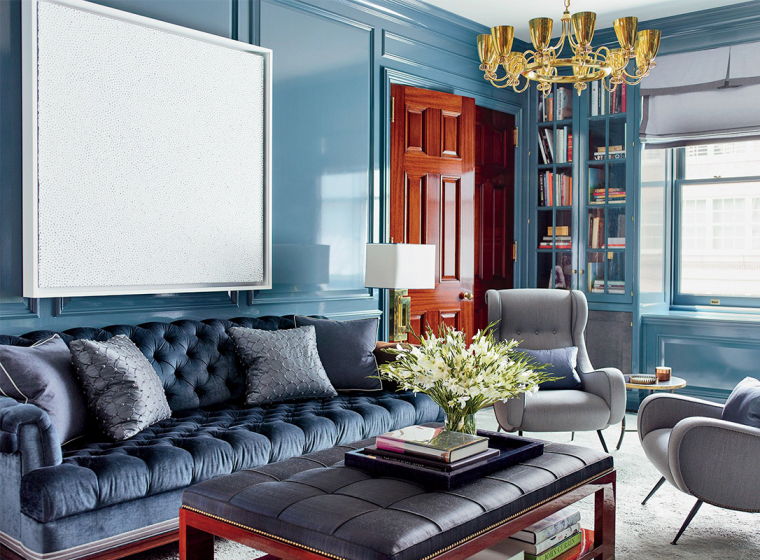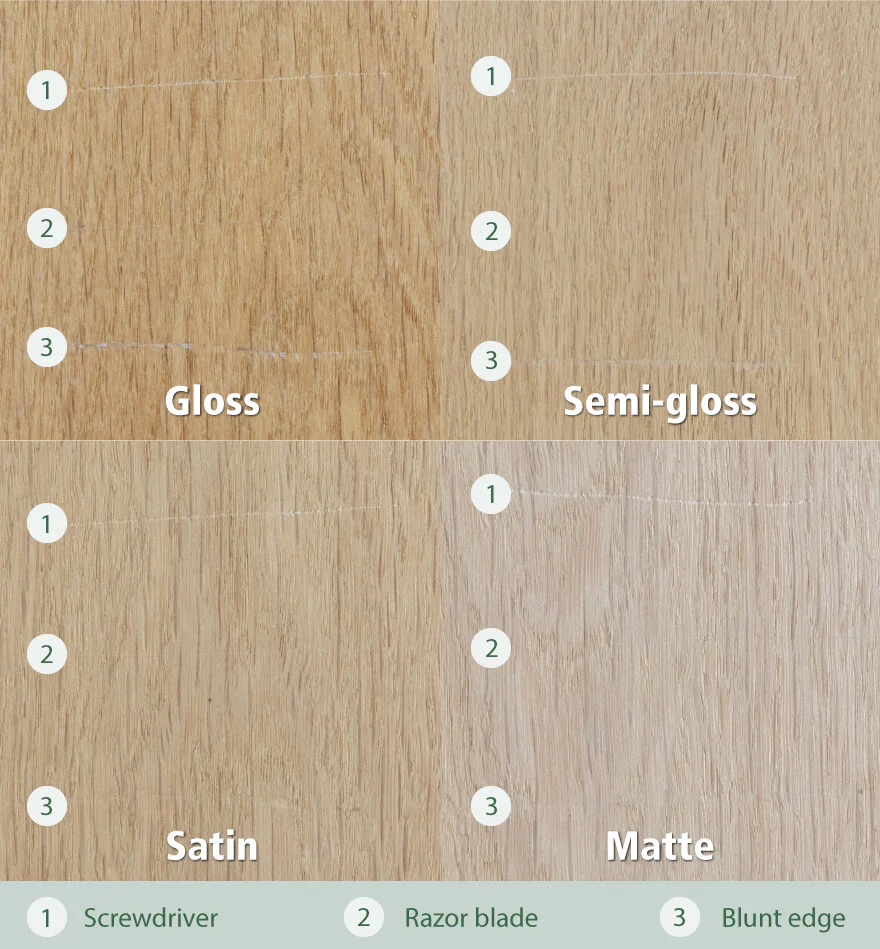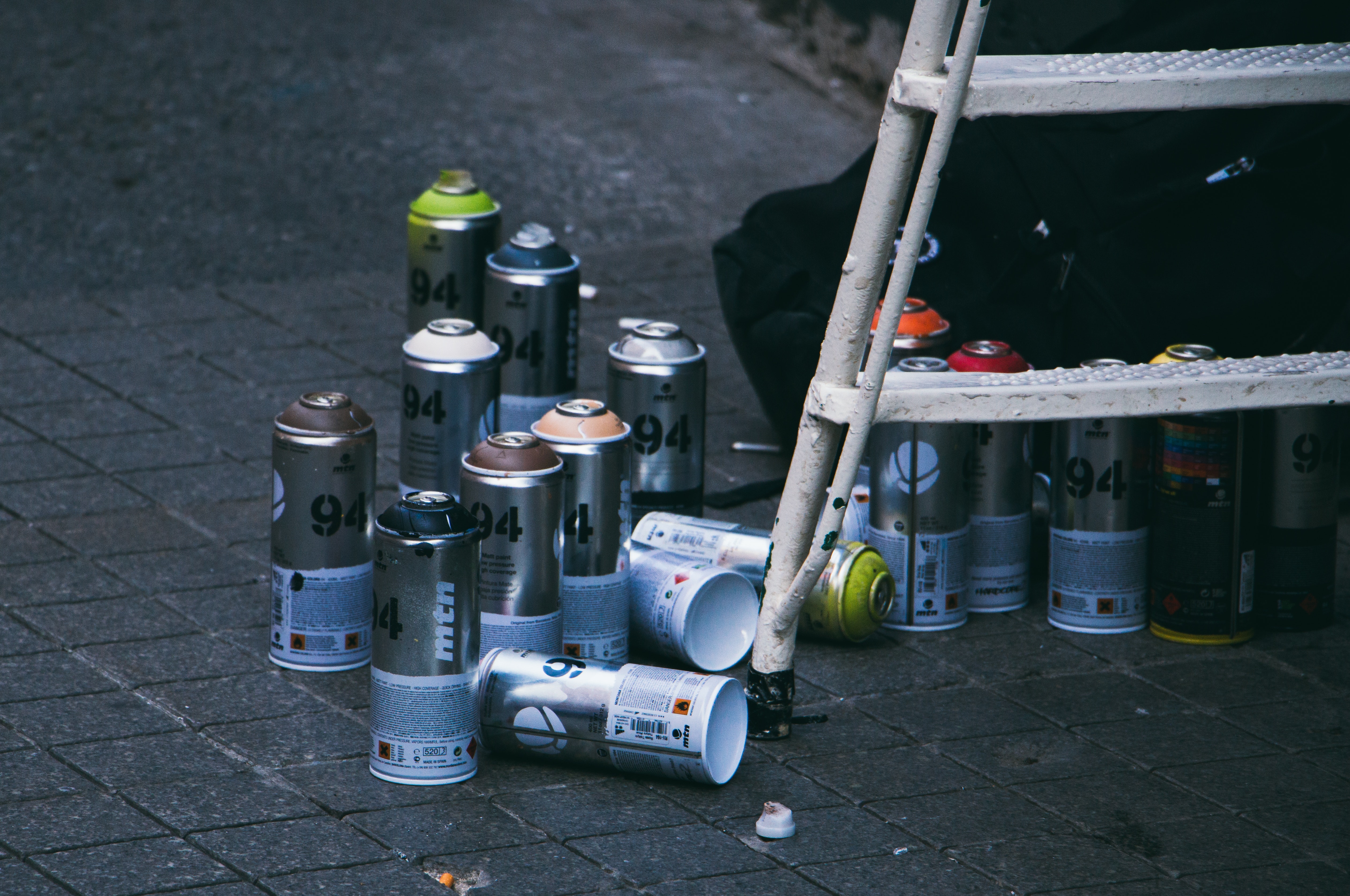Satin vs Gloss finish- advantages and differences
You’ll almost likely need to make a difficult decision whether you’re painting a wall or refinishing a piece of furniture. Given the variety of finishes available, deciding which is preferable in the satin vs gloss argument might be challenging.
Shine is the critical difference between satin and gloss finishes. While satin transitions to matte but retains some gloss, gloss is more reflective. However, there are still more qualities to consider, such as robustness and the capacity to conceal surface flaws.
Popular finishes like satin and gloss are best suited for particular circumstances. There may be different choices available, such as a semi-gloss finish. This can make the decision a lot trickier.

Knowing what each option offers and when it is the most critical choice, you may select the ideal finish for your project. Here is all you need to know about satin vs gloss, including how they vary and which is better.
Satin vs Gloss: A Brief overview
These two phrases refer to various sheens in a wide range of products, from cosmetics to paint. Semi-gloss and flat are the other options. The more sheen a product has, the more it appears to shine and reflect light. Flat coatings have the lowest sheen, whereas gloss finishes have the most shine.
The term “matte” can also be used to describe flat finishes. A product’s sheen may also tell you how well it resists stains and how easily it can be cleaned. It is far easier to remove stains from glossy surfaces than from satin or flat finishes; flat finishes need the most significant effort to clean. Let’s dig deeper for detailed information on satin and gloss.
When contrasting satin with gloss paint, you’re getting close to the spectrum’s two opposite extremes. In contrast to a gloss’s high-shine finish, satin paint appears almost matte and has the slightest sheen.
This enables these two finishes to complement one another well. Both are comparatively strong, making it possible to employ them in practically any circumstance. On the other hand, since satin is less affected by reflected light, it offers a more genuine colour experience on walls. Gloss is ideal for trim and accent pieces because it reflects light and draws attention to differentiating room elements or furniture. checkout our guide on how to make paint glossy by different methods.
Satin Finish
With a satin finish, one may create only the most minute amount of sheen or gloss. Light does reflect off of it, but the reflection isn’t strong enough to be noticed by the human eye. In many instances, the light reflected from the surface may be so faint that it is barely discernible. The presence of binders in the paint will, in most cases, affect how shiny the paint will be. When producing items with less reflectivity, the binder to pigment ratio decreases.

The Benefits of a Satin Finish
- A satin finish frequently gives the surface a smoother feel. It cannot typically stick. Instead, you may cross it with your hand.
- Additionally, satin paints and finishing materials are typically long-lasting. Generally, it is more durable than other material finishes in terms of wear and tear. Furthermore, without causing any harm, the surface may typically be washed (gently).
- Another advantage of slick coatings is their capacity to hide flaws. Little dings and dents become less noticeable since it does not reflect light as brilliantly. However, they will blend in better than those that are glossier.
- Finally, satin rather than glossier finishes may provide a more realistic representation of the colour. They reflect less light, which reduces the likelihood that the colour of the lighting would significantly affect how the paint looks.
Cons of Satin Finish
Deep dents, in particular, cannot be concealed by a smooth surface. Additionally, satin paint could be challenging to touch up. One or two places tend to stick out rather than blend in when more paint is put to them.
Additionally, even though many goods have a satin finish, they are not as water- or stain-resistant as other alternatives while being robust. However, this does not imply that they provide no protection; instead, it suggests that their protection is less potent than other products.
Application errors with satin paint might also be problematic. The disparity between the two means that it might not be the best finish for beginning painters.
Best Place to Use Satin Paint
Large, high-touch, high-traffic areas are the greatest candidates for satin paint (and other satin finishes). It’s a preferred option for living rooms and master bedrooms where distracting reflective paint could be used.
Additionally, fantastic for kid’s rooms are satin paint and finishes. It’s crucial in a kid’s room that the surface be durable and resilient enough to withstand frequent cleanings. curious to know more about interior and exterior paints then checkout our post on can you use exterior paints for interior paint jobs to get good finish.
Both kitchens and hallways may be painted with satin paint. These areas are, by nature, somewhat crowded. A durable finish is the best choice since surfaces are more likely to be handled frequently or get filthy (which requires cleaning).
Gloss Finish
The most reflecting option is a gloss finish. It reflects a lot of light and gives surfaces a shiny look. Cosmetics that are glossy shine brighter than those that are semi-gloss, satin, or flat. Gloss finishes are the most incredible option for interior and exterior applications if a person desires the most reflective surface. Its finish is remarkable because it is durable and regarded as professional.

The Benefits of a Gloss Finish
- A surface with a gloss finish is frequently durable and easy to maintain. It commonly withstands dampness and stains.
- Interiors are dramatically brightened by glossy coverings as well. When nearly any light source is available, they reflect the most light, allowing them to illuminate the darkest areas or corners considerably.
Cons of Gloss Finish
Gloss coatings have certain disadvantages, but the biggest one is that they make flaws stand out. After adding a glossy finish, even little spots become apparent. Because of this, you must put in a lot of effort to ensure the surface is flawless before applying the finish.
High gloss surfaces may be overpowering when utilised in vast areas or rooms with a lot of light. Painting an entire room with gloss paint is sometimes almost excessive.
Furthermore, the colours of gloss paint may change depending on the lighting. Because of the reflecting nature of the surface, the colour of the light may be altered, making the colour look warmer or cooler depending on the type of lighting utilised, the amount of sunshine present, and other factors.
so if you are not satisfied with glossy finish and would like to get like bit pale and egg shell type finish which is dull yet impeccable for the interiors then read out post on methods to dull glossy paint.
Best Places to Use Gloss Paint
Gloss paint should only be used sparingly since it is very reflective. It may be suitable for trim and mouldings and smaller furniture items like end tables.
Making elaborate drawings with high-gloss paint is a lot of fun. For instance, it can be used with a satin paint of the same colour to add glossy stripes or designs over a base coat with a less reflecting satin finish.
Which Finish Is Best: Satin or Gloss?
Which is better, satin or gloss? It depends. Each finish offers a unique combination of advantages and disadvantages and a distinctive appearance. Before deciding on a finish, consider the item that will be covered. Is it a sizable space, like the walls or floors of a room? Is it only ornamental? Are you worried about how long you’ll live? How well-lit is the space?
Considering these factors, you may reduce your list of alternatives. Finally, you should prioritise your own needs. Think about each conclusion’s advantages and disadvantages. Think about the appearance for a second. Next, pick a product that matches your preferences and needs. You will be happiest doing it, and that is what matters most.
Differences Between Gloss and Satin
- Application: Satin finishes are appropriate for surfaces in the family room, bedroom, and living room, whilst gloss finishes are appropriate for surfaces in the bedroom, bathrooms, and kitchen.
- Sheen: Items with gloss finishes are more reflective than those with satin finishes. This is because gloss finishes have a brighter sheen than satin finishes.
- Appearance: Gloss coatings have a moderate reflectivity, whereas satin finishes have a significant amount. This is because gloss cosmetics have a higher shine than satin cosmetics.
- Reflectivity: Satin finishes are not as reflective as highly reflective gloss surfaces. Gloss paints have a high reflective quality, making flaws very obvious to the naked eye.
- Duration of rest: Following the application process, gloss finishes are given time to cure for two to three weeks, whilst satin finishes are permitted to remain in their original state.
- Stain-resistant: Excellent quality gloss things are exceptionally stain-resistant and easy to clean, but good quality satin items are less stain-resistant and need more effort to clean.
- Durability: The durability of coatings with a gloss is significantly higher than that of treatments with a satin sheen.
- Washability: Satin coatings need more labour to maintain than glossy surfaces. Glossy surfaces only need to be lightly cleaned or wiped with a soft cloth. During the cleaning process, it can be essential to scrape satin finishes more forcefully.
- Price: In most cases, a gloss finish will incur significantly higher costs than a satin finish.
- Touch up: When it comes to touch-ups over time, satin coatings are notoriously tough to work with, but gloss finishes are relatively simple.
Which is Long-Lasting: Satin or Gloss?
A poorly created gloss finish is inferior to a well-crafted satin finish, although a gloss paint is typically more robust and lasts longer than satin paint. Although gloss is more likely, both paints can tolerate the occasional scratch or flaw. This makes gloss a preferable option for painting skirting boards and high-traffic areas like hallways and stairwells. Ideal for households with pets or kids who constantly grab onto or rub up against doors or door frames while doing door craft and moving inside rooms.
Which surface: Satin or Gloss, is simpler to clean?
Both can be cleaned, but the paints with the greatest gloss may be washed down more frequently without losing their brilliance. Because of its glossy finish, you may use a bit more abrasive cleaning methods on gloss. With a kitchen sponge or scourer and warm, soapy water, the majority of stains on gloss may be removed.
Use the abrasive side and a little elbow grease to remove any tough stains. Use the sponge side of the tool instead of the abrasive side on satin surfaces. If a stain is difficult to remove, use the sponge. Compared to gloss coatings, satin surfaces are more affected by the abrasive side.
Which is Easier to Apply?
There may not be much difference between satin and gloss when painting a space. Both are the same consistency and spread readily, but it might be more challenging to get a smooth, glossy finish. However, the kind of paint you pick and whether it is water-based or oil-based will significantly influence. Cheaper paints typically perform poorly than more costly ones.
Does Satin or Gloss Look Better?
While some individuals like a matte look, others prefer a high-gloss finish. Although you get to make the ultimate decision, you should consider what you’re painting and how it will work with the area you’re decorating. Matte or flat wall colours and smooth woodwork are preferred by folks who want a contemporary appearance. While more conventional treatments, like gloss, are preferred for the woodwork in older homes with historical elements.

FAQ
-
Where is Gloss Paint used as opposed to Satin Paint?
Gloss and sheen are popular wood finishes for doors, windows, skirting boards, trim, and furniture, but they are not the only choices. Ceilings and walls are painted with gloss more commonly than satin. These materials provide visually pleasing, highly reflective, virtually mirror-like surfaces that are also easy to clean.
-
Is satin paint a reflecting paint?
Despite being considered a more muted finish than gloss, satin paint contains a slight shimmer. The type of light (if any) your workpiece is exposed to determines whether or not this shine is visible. The degree of gleam may differ significantly between brands.
-
What exactly is gloss paint?
Satin paint may be thought of as a more muted colour palette. While it does have a sheen, it is most commonly used for its warm, rich colours that contrast with gloss and semi-gloss paints. Satin paint’s reflecting properties are determined by the type and quantity of light it is exposed to.
-
What is sheen paint?
Gloss paint is referred to as sheen paint. What does it mean to shine? This is the quantity of reflection a surface, or paint, has. Because they readily reflect light, gloss paints have a high gloss rating. They usually reflect light in a specific direction, unlike other paints that distribute light along their surfaces.

Being associated with art and craft field since decades as a hobbyist and life long learner has given me an opportunity to learn many new things related to art, craft, paints and pottery which i am trying to share with your guys on this website. I have expertise of being professional painter and potter for the last 20+ years
I have learned mind blowing cool tips and insights which makes me a person with ability to improvise and come up with creative ideas and solutions to make stunning and impeccable art pieces of all types which are adored by people across the globe on this website and other platform.


